No one is consulted. No one is held to account. No one has the authority to turn it off. How is it that muzak has slipped through every legal control?
The blame, I’d say, lies with those who are frightened of silence — with those who spend more money in shops that buzz to a friendly background hum, and laugh too loudly when all around are mute. To moderate their visceral fear of the quiet they cling to cheaply produced, intellectually demeaning and superficially comforting sub-music. Muzak comes in various forms — piped, performed live, and through other people’s headphones, when you can’t actually hear pitched sounds, only a desiccated, insistent beat.
Live it can be most memorable. Everyone must have their least favourite story. Mine is that last summer I went to stay in a hotel by the Valley of the Temples, just outside Agrigento in Sicily. In the middle distance was the perfect silhouette of the ancient Tempio della Concordia, at dinner time beautifully lit. The meal was fussy and overpriced, but one gets used to that in my profession. Behind the table was an eager young man at a Steinway, trying to play Scott Joplin’s rags. These are difficult to bring off at the best of times (which was when Joplin played them himself). Timing is of the essence, which in this case was only a fraction of the problem. Much worse was that he had misheard or mislaid the original harmonies. So I sat there, trapped, chewing, fighting every note I heard. Unlike piped music, it was an intrusion that stopped and started, was human and was applauded. It was there because before loudspeakers and recordings existed, the same nervousness with silence had afflicted those responsible for public spaces. This was the genteel, expensive version.
The website Pipedown.info (‘The campaign for freedom from piped music’), which is trying to address the issue of noise pollution, has some interesting statistics. A survey of 115 blood donors at Nottingham University Medical School found that piped music made people more nervous before giving blood, and more depressed after giving it, than silence. It also discovered that a typical sales assistant will be forced to hear ‘Jingle Bells’ at least 300 times in the run-up to Christmas. If mental health were ever a genuine concern for employers, they should surely look at those numbers.
Yet forcing muzak-peddlers to be more accountable to their unwitting publics hasn’t worked so far. I have seen those carefully phrased little pieces of paper which people occasionally leave behind in restaurants, demanding that the horror of unwanted music be ended. But how does one ban something most people haven’t noticed, and some even like? We are all complicit. I, for example, spend long days looking for potential recording venues where the silence is absolute — in order to fill them with sound.
Towards the end of his life Sir John Tavener wrote a piece entitled Towards Silence, for four string quartets and Tibetan bowl, a meditation on the States of Dying. Nicholas Kenyon wrote of it in the Observer: ‘I know of no music that takes us quite so near to the edge of death.’ And that’s the problem with silence — it leaves us alone with ourselves. We feel uneasy and want to be jollied along. A good time equals noise. Until we seek silence for its own sake, we will have, and deserve, piped music.
Got something to add? Join the discussion and comment below.
Get 10 issues for just $10
Subscribe to The Spectator Australia today for the next 10 magazine issues, plus full online access, for just $10.

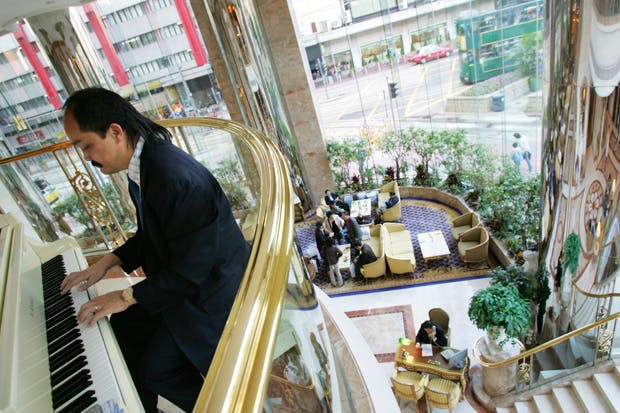
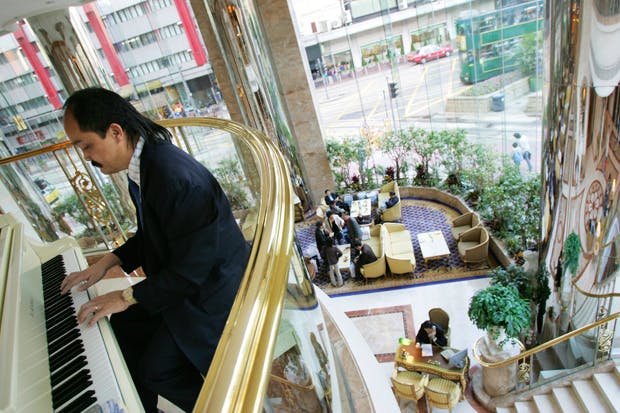
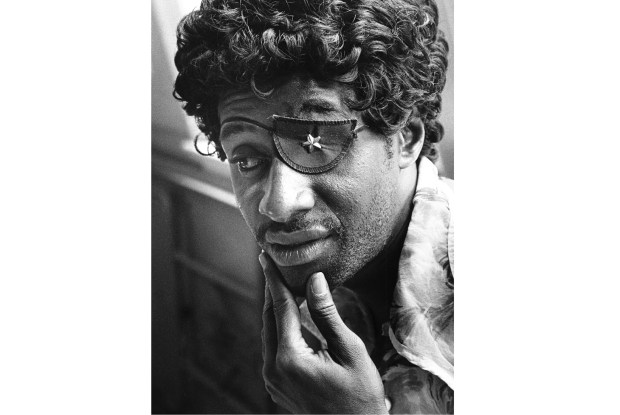
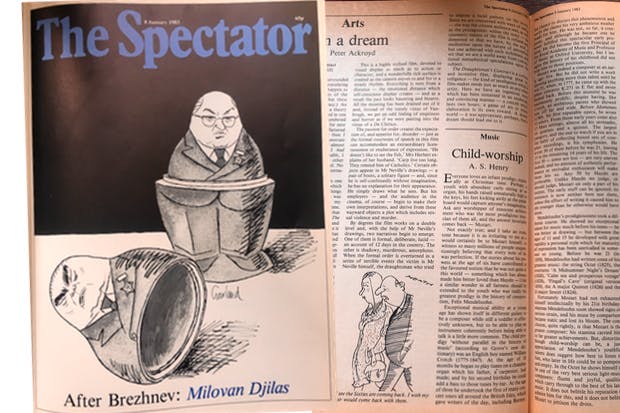
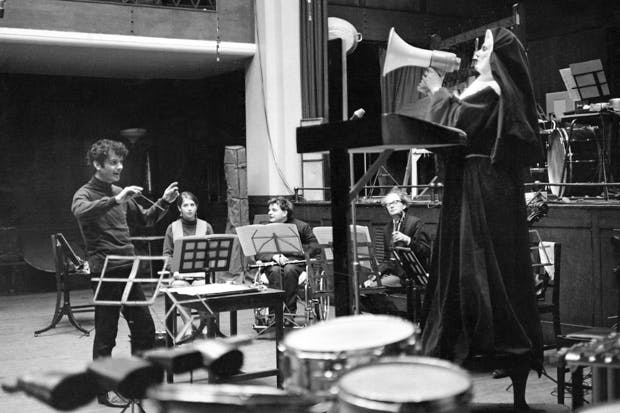






Comments
Don't miss out
Join the conversation with other Spectator Australia readers. Subscribe to leave a comment.
SUBSCRIBEAlready a subscriber? Log in